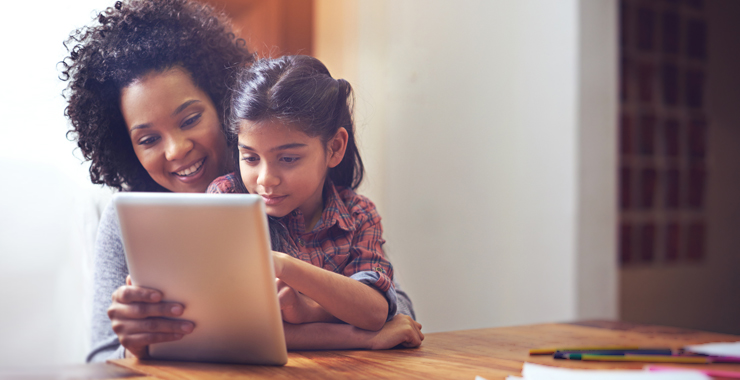Textbook reading: "Internet and New Social Media"
----
Supplementary reading: boyd, d., excerpt from It's Complicated: The Social Lives of Networked Teens
----
https://www.oecd.org/officialdocuments/publicdisplaydocumentpdf/?cote=EDU/WKP%282019%293&docLanguage=En
https://www.heartmath.org/resources/downloads/children-growing-up-digital-age/
https://www.danah.org/books/ItsComplicated.pdf
Friday, May 1, 2020
Final Project Guide
10 points for each of the following:
Application of Course Material: How accurately, fluently, and correctly are you integrating appropriate concepts and knowledge from the course into your examination of your chosen topic? An A presentation will explicitly connect to course material that is clearly applicable and demonstrate a clear and correct understanding of this material.Engagement with Issues: Are you using childhood studies theories and perspectives to raise useful, insightful questions about your chosen topic? Are you generating ideas that challenge existing discourse? An A presentation will not take one established "side" of a preexisting argument about childhood, but rather will aim to present a unique perspective based on childhood studies theory and your own diverse disciplinary perspectives. Seeking out children's own voices on the subject, where possible, is encouraged.
Creativity/Presentation: Have you created engaging materials to accompany your presentation? PowerPoint is fine, but try to think outside the box; you can provide handouts, use activities to get the class talking or moving, create a video…you can give part of your presentation as slam poetry if that's the way you can best get your point across! An A presentation will be unique and memorable without sacrificing clarity of ideas.
Technology Use Among Young Children | By Kaitlyn B.
- In a national survey conducted by the Erikson Institute, technology use by young children under age 6 was found to be almost universal. The study consisted of 1,000 parents across the country.
- 85% of parents reported that they allow their young children to use technology. Television, tablets, smartphones, and computers were the most popular.
- More than three quarters of those surveyed said that they use technology along with their child on a daily basis for up to two hours.
- 86% of parents reported that they were satisfied with how their young children use technology, relating technology to benefits associated with child development and literacy.
- More than half of the parents said they believe that technology supports school readiness and impacts success in school.
- 72% of parents had concerns about technology use, specifically around too much screen time, inappropriate content, commercial messages aimed at young children, and how technology use takes away from time spent outdoors, enjoying active play, and whether it disrupts sleep.
When parents use and experience technology with their young children, it can promote learning, build important relationships, and help model healthy habits and positive ways to interact with others, play, and learn. When parents and young children view screens together, it is also a way to monitor use and guide children toward more meaningful content through interactive exploration or activities that encourage creativity and discovery.
- Technology and interactive media are here to stay.
- Technology tools for communication, collaboration, social networking, and user-generated content have transformed mainstream culture. These tools have transformed how parents and families manage their daily lives and seek out entertainment, how teachers use materials in the classroom with young children and communicate with parents and families, and how we deliver teacher education and professional development
- There are concerns about whether young children should have access to technology and screen media in early childhood programs
- Possible negative outcomes have been identified, such as irregular sleep patterns, behavioral issues, focus and attention problems, decreased academic performance, negative impact on socialization and language development, and the increase in the amount of time young children are spending in front of screens
- Technology and media are tools that are effective only when used appropriately.
- Technology should not be used for activities that are not educationally sound, not developmentally appropriate, or not effective (electronic worksheets for preschoolers, for example
- Passive use of technology and any type of screen media is an inappropriate replacement for active play, engagement with other children, and interactions with adults.
- The healthy cognitive, social, emotional, physical, and linguistic development of the whole child is as important in the digital age as ever
- Technology tools can be effective for dual language learners by providing access to a family’s home language and culture while supporting English language learning
- Assistive technology must be available as needed to provide equitable access for children with special needs.
- Technology and media can enhance early childhood practice when integrated into the environment, curriculum, and daily routines.
- Technology tools can support the ways educators measure and record development, document growth, plan activities, and share information with parents, families, and communities.
Subscribe to:
Comments (Atom)
Final Project Guide
10 points for each of the following: Application of Course Material: How accurately, fluently, and correctly are you integ...

-
10 points for each of the following: Application of Course Material: How accurately, fluently, and correctly are you integ...
-
In a national survey conducted by the Erikson Institute, technology use by young children under age 6 was found to be almost universal. The...
-
Textbook reading: "Internet and New Social Media" ---- Supplementary reading: boyd, d., excerpt from It's Complicated...